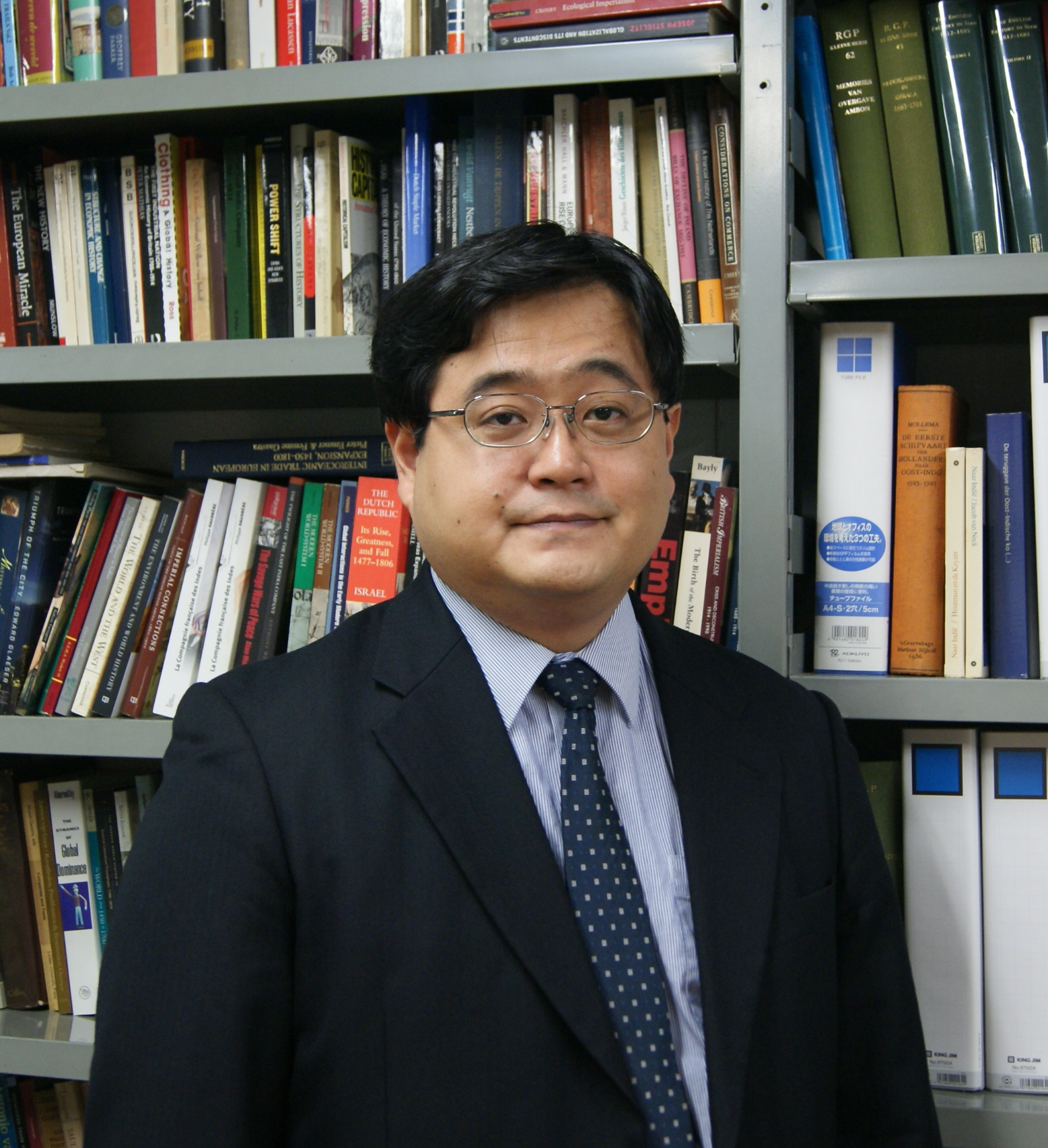There are reasons to suspect that the peaceful image does not correctly reflect the nature of international relations of that era. The first half of the nineteenth century was filled with tensions. Diminishing trade in copper and other precious metals - a pillar under Nagasaki harbor’s existence – was increasingly being reduced. Incursions on Japan’s restrictive foreign policy by Western powers heightened tensions even further. The folding screen was most likely commissioned by a wealthy Dutchman, and thus intended for export. Kawahara Keiga was assigned to the Dutch as official painter, and must have been acutely aware of the practical rules and restrictions in Japan’s foreign policy. To what extent may that policy have influenced his composition? How realistic is his work in comparison to the reality of Nagasaki’s trade and maritime defense situation?
The Research Center for Material Culture invites two international specialists to address these questions in a set of two keynote lectures, held on Wednesday 30 October.
This event was made possible by the Stichting Isaac Alfred Ailion Foundation.


